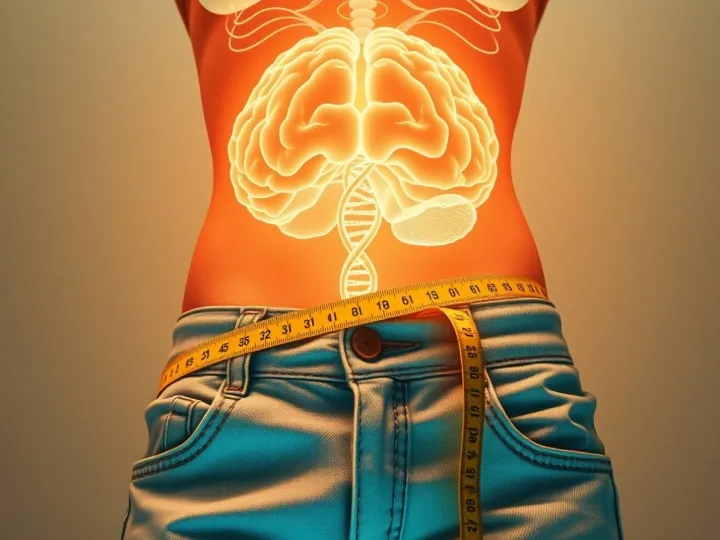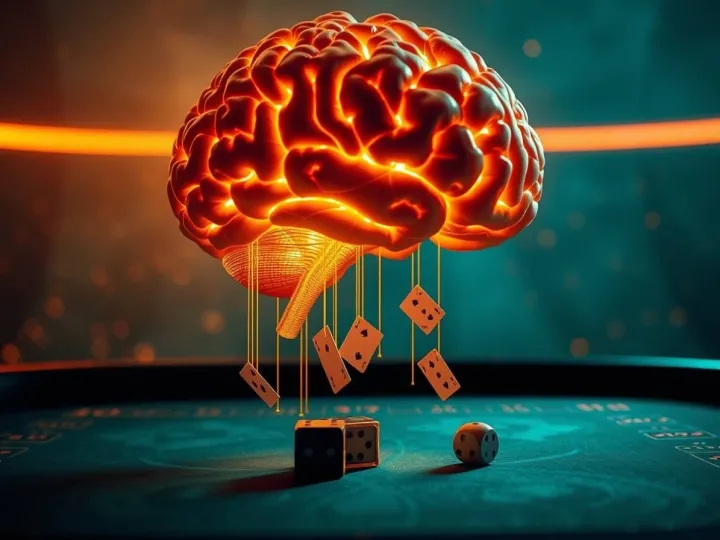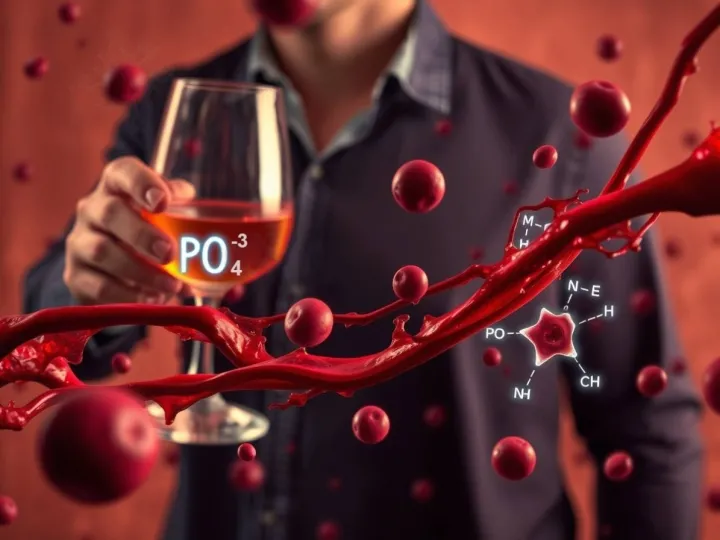Addiction has long been described as a disease of the brain's reward system - a misfiring of neural pathways that once evolved to secure survival. Now, endocrinology enters the conversation with an unexpected actor: GLP-1, a hormone best known for regulating appetite and blood sugar.
In a groundbreaking review, "GLP-1 Therapeutics and Their Emerging Role in Alcohol and Substance Use Disorders," researchers Nirupam M. Srinivasan, Mehdi Farokhnia, Lisa A. Farinelli, Anna Ferrulli, and Lorenzo Leggio reveal that GLP-1 receptor agonists - the same drugs transforming obesity and diabetes care - may also hold promise for alcohol and substance use disorders (ASUDs).
The finding doesn't just expand a drug class; it reframes addiction itself as a metabolic and cognitive imbalance - one where the body's chemistry of hunger, reward, and stress intertwine in the architecture of desire.
From Hunger to Craving
GLP-1 (glucagon-like peptide-1) is produced in the intestines and brainstem and acts on receptors distributed across the pancreas, gut, heart, and crucially, the mesolimbic reward network - including the ventral tegmental area (VTA) and nucleus accumbens (NAc). These same regions regulate dopamine, the neurotransmitter of motivation and reward.
By stimulating GLP-1 receptors, GLP-1 receptor agonists (GLP-1RAs) like semaglutide, liraglutide, and exenatide appear to dampen the drive for compulsive seeking - whether for food, alcohol, or drugs.
Animal studies consistently show reductions in alcohol intake, nicotine use, and opioid self-administration, while early human trials suggest similar effects on craving and consumption. One randomized trial found that low-dose semaglutide reduced alcohol self-administration and even cigarette use among participants with alcohol use disorder (AUD).
In other words, a class of drugs built to quiet the appetite may also quiet the mind's most destructive hungers.
Addiction as a Metabolic Loop
The link between addiction and obesity has been suspected for years. Both involve a breakdown in the brain's reward and control systems, especially in the prefrontal cortex (PFC) - the seat of decision-making and inhibition.
The new review confirms that neural circuitry overlaps between overeating and substance use. Dopaminergic and glutamatergic dysregulation leads to similar compulsive loops: a stimulus triggers a surge of pleasure, followed by withdrawal, stress, and craving. Over time, the system learns to chase relief rather than joy.
GLP-1 intervenes here by modulating dopamine signaling and restoring the communication between the reward system and executive function. It also acts in the hypothalamus and vagal pathways, promoting satiety and reducing impulsivity.
If addiction is the hijacking of survival instincts, GLP-1 may be the molecular mediator that helps return the system to balance.
Beyond the Brain: A Systemic View
The authors highlight that alcohol and substance use disorders are multisystem diseases - impacting the liver, pancreas, cardiovascular system, and cognitive function. Likewise, GLP-1RAs are systemic drugs, influencing both metabolism and neuroplasticity.
GLP-1 reduces neuronal apoptosis, supports neurogenesis, and modulates stress response - offering potential cognitive repair in individuals whose addiction has taken a neural toll.
This duality makes GLP-1 unique: it doesn't merely suppress symptoms but addresses the embodied nature of craving - where hormonal, emotional, and cognitive processes converge.
It's a reminder that the self is not purely psychological. Conscious regulation emerges from biochemical harmony - and when that harmony is disrupted, desire becomes compulsion.
Promise and Caution
While preclinical results are promising, the authors caution that clinical evidence is still limited. Only two randomized controlled trials have tested GLP-1RAs in alcohol use disorder, and although both showed partial benefits, large-scale confirmation is needed.
There are also safety considerations: nausea, gastrointestinal distress, and rare risks such as pancreatitis or muscle loss. Individuals with ASUDs often have nutritional deficiencies or organ damage, which could complicate treatment.
Cost and accessibility also remain barriers. The price of novel GLP-1RAs can exceed thousands per month, restricting use to wealthier populations - a serious concern given that addiction disproportionately affects the underserved.
Still, the growing number of ongoing clinical trials (over a dozen listed in 2025) suggests that endocrinology's foray into addiction medicine is only beginning. If these studies confirm efficacy, GLP-1 therapies may become the first true biopsychometabolic bridge - a treatment that unites the body, brain, and behavior in a single feedback model.
Rewriting the Logic of Reward
From a cognitive systems perspective, this shift is revolutionary. Addiction research has long been dominated by behavioral psychology and neurochemistry. The GLP-1 findings introduce a metabolic logic of consciousness: the idea that our drives for food, love, and intoxication all share one biological substrate - the need for homeostasis in the energy-reward field.
When that equilibrium breaks, pleasure becomes pathology. GLP-1 does not eliminate desire; it recalibrates it, restoring coherence between appetite and awareness.
This view aligns with the Seven Reflections framework of cognitive field resonance - addiction as a loss of field synchronization, and healing as the re-entrainment of the reward system to stable frequencies of meaning and satisfaction.
The Future of Desire
As researchers continue exploring GLP-1's influence on behavior, one thing is becoming clear: the mind is not separate from metabolism. Conscious experience arises within the same circuits that regulate hunger and satiety.
To heal addiction, we may need to heal metabolism itself - to treat not only what the brain craves but why the body remembers.
GLP-1 therapies, in that sense, are more than medical tools. They're biochemical mirrors - reflecting how deeply intertwined our biology, emotion, and awareness truly are.






